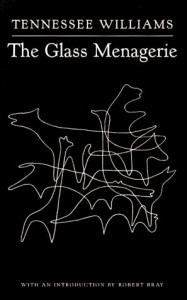MLA Citation:
The full article is available here. *Please note we are working to contact the author to make sure that this linkage is acceptable, and it will be removed at the author’s request.
First Paragraph:
“By the time The Catcher in the Rye appeared in 1951, the theme of the sensitive youth beleaguered by society was well established in the American novel. Reviewing Truman Capote’s Other Voices, Other Rooms in 1948, Diana Trilling complained about the tendency of contemporary novelists to employ a ‘deterministic principle’ in which the youth was repeatedly presented as a ‘passive victim.’ Also well established by 1951 was the link between neurosis, self-destructive behavior, and social maladaptation on the one hand, and artistic sensibility and special insight on the other. Not surprisingly, Holden Caulfield was regarded as yet another fictional example of the sensitive, outcast character vouchsafed a superior insight by a touch of mental disturbance.”
Next paragraph for clarification purposes:
“Holden’s disturbance was taken to be both his unique, personal gift and the fault of a hypocritical, uncaring society, one particularly indifferent to its more sensitive souls. Holden’s insight into the adult world’s hypocrisies, moreover, appeared to derive precisely from his being its casualty. Given the deplorable world in which he lived, if by the end of his adventures Holden seemed ready to effect some kind of accommodation with society, this struck readers as inevitable, if regrettable.

